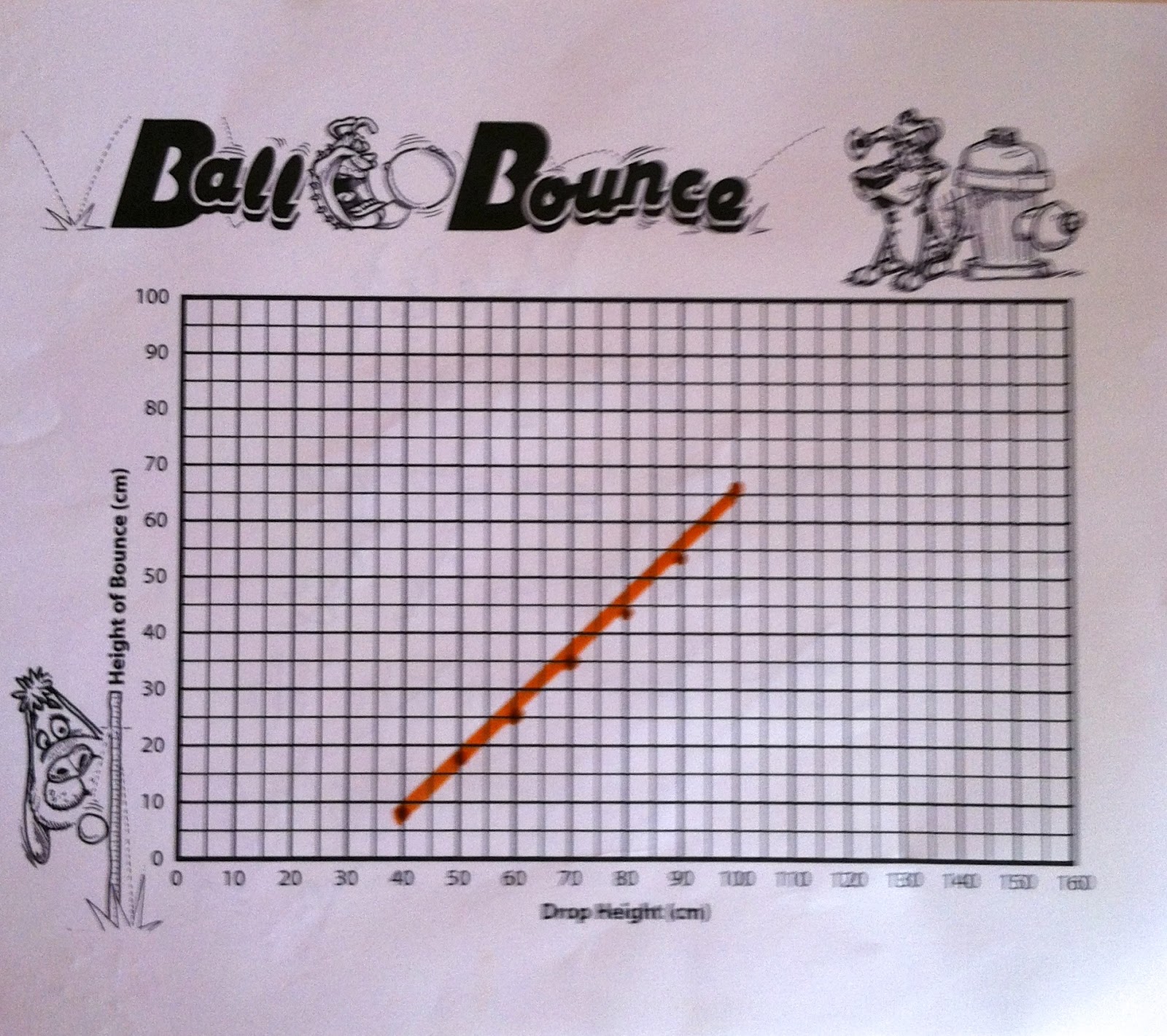Good morning! We cannot believe that July 1st is Monday. June has flown by. We hope you are enjoying your summer.
This week we began working on our latest TpT lesson plan. We intended to write a plan to go with Twin Club, which is the first story in our second-grade Reading Streets basal, but since it is not a trade-book we changed our minds. We decided to write a plan that goes with the very popular and well-loved story Henry and Mudge and the Starry Night by Cynthia Rylant. We just started writing it on Wednesday of last week so it is not completed. We have written one lesson plan so far, and it is a pre-reading and after-reading sequencing activity. This lesson plan covers three of the second-grade Common Core State Standards. Our plans will include activities that reinforce character analysis, retelling a story, and reading and writing beginning and ending consonant blends. The Fourth of July holiday will slow us down a bit, so we look forward to having this lesson plan up soon after.
Kim had another fun and successful week of tutoring. She and her student decided to make a podcast summarizing some of the chapters. Her student has not completed his podcast, but you can listen to and view Kim's podcast at her school website. Unfortunately, we cannot figure out how to embed a podcast directly into this blog. Below is a screenshot of the blog.
 |
| After reading and orally answering the question... |
 |
| the student would move the pull tab to see how Kim answered the question. |
 |
| Rivet is a fun activity created by Pat Cunningham. We included this activity in our Tops and Bottoms plans. |
 |
| Use the eraser to erase one letter at a time. My student tried to decode the word after each letter was revealed. |
 |
| Similar to Hang Mouse, but the clue is the definition of the word. |
Kim's math student had a great time continuing to work on measurement, collecting data, finding the average and putting data into graph form. They did the Aims STEM activity called It's the Last Straw. This activity required the student to create an "airplane" out of paper loops and a straw. Then, she had to conduct five trials by throwing her airplane and measuring how far it flew. The second part of the activity was to change one variable to try and make her plane fly farther. She did it!!!! The student thought adding a pipe cleaner to the straw would give it a little more weight so the air currents wouldn't slow it down. She also thought the wind going through the straw affected how far it flew, so putting a pipe cleaner into the straw would stop that. This complete lesson took two tutoring sessions.
 |
| Part One |
 |
| Part 2...pipe cleaner inside straw |
 |
| Here are three planes that the student modified, but she chose to use the pipe cleaner one. |
When we are not writing lesson plans, planning for tutoring, or completing our projects for our professional book read (we will share those ideas soon), we are on Twitter following educational experts and websites. Edutopia is a great site to follow. Through Edutopia, Kim was connected to a great Pinterest board that showed ways to keep kids motivated to read...which is what our book read book focuses on. Here is the link, Reading And Books. One of our favorite ideas from this board is the Reading Fair. We can't wait to have one next year.
Another thing we have been doing is read articles from the International Reading Association. Our state is adopting the Common Core State Standards, and we want to keep abreast of information the IRA is putting out about them. Kim found an excellent article by Leslie Mandel Morrow explaing how to implement a few the common core standards through a thematic unit. After reading the article, Kim felt like we have a great handle on implementing the CCSS. Mandel Morrow's lesson ideas closely reflect the lesson we implement in our classroom, and the plans we are writing for TpT.
Have a Happy Fourth of July. Keep enjoying your summer; it's flying by quickly.
Kim and Anne









































